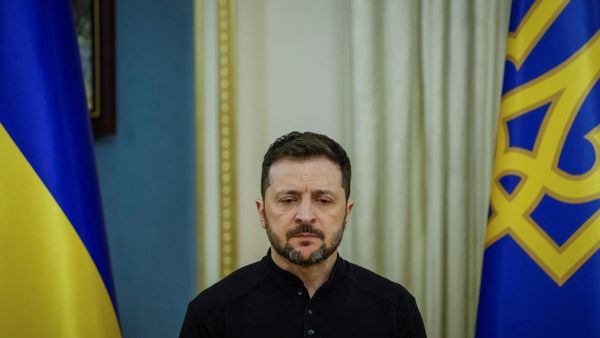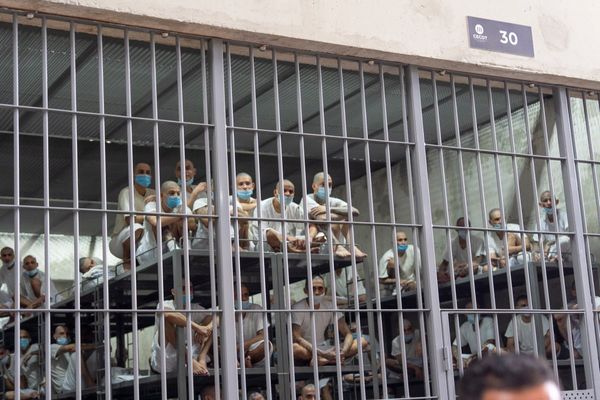
The disappearance of a caesium-137 tube from a powerplant in Prachin Buri is a reminder of a similar case which happened 23 years ago.
In that incident, a cobalt-60 cylinder went missing from a warehouse and ended up in the hands of a garbage scavenger, who sold it to a scrap dealer, who in turn broke the highly-radioactive tube into various pieces to be resold.
In total, 1,872 people living around the scrapyard were found to have been exposed to harmful levels of radiation. Three people -- two scrapyard workers and and the scrapyard owner's husband -- died two months later from radiation sickness.
For now, the public can breathe a sigh of relief because there hasn't been any report of sickness and/or death from radiation exposure. That said, the tube has been missing for three weeks and no one has any idea where it is.
National Power Plant 5A Company -- a biomass power plant which owns the tube -- is offering a 50,000-baht reward for any information which could lead to the recovery of the missing tube.
It must be noted that the power plant only informed the Office of Atoms for Peace (OAP), the state body which monitors the use of radioactive materials, on March 10, two weeks after they realised the caesium-137 tube was missing.
It is now up to the police and the Department of Factories under the Industry Ministry to pursue action against the plant, which acted in a highly irresponsible manner.
This case is also a reminder about the absence of a comprehensive system to monitor and trace hazardous materials such as dangerous chemicals, toxic waste and radioactive substances used in industrial activities.
Once the search is over and the tube is (hopefully) found, all state agencies, including the Department of Factories under the Industry Ministry and the OAP under the Ministry of Higher Education, Science, Research and Innovation, need to step in and urgently revamp monitoring mechanisms.
It is clear the existing system is not adequate to ensure safety.
The hunt for the missing tube will be like searching for a needle in a haystack. The tube has no warning labels, and at first glance it looks harmless.
Weighing about 25 kilogrammes and measuring about 30 centimetres in length and 15cm in diameter, it can be easily mistaken as a used pipe or an engine spare part.
A small handful of OAP nuclear technology officials have been scouring recycling shops and scrapyards in Prachin Buri and adjacent Chachoengsao since the evening of March 10, while the Prachin Buri governor is working with village chiefs and local administrations to help find the tube.
The Public Health Ministry, meanwhile, is preparing to treat radiated patients.
As of now, there seems to be a lack of urgency on the part of the government. The prime minister and his ministers seem to be occupied with their election campaigns.
The government must ramp up its search and work harder by using media and online channels to alert people about the tube and what to do if it is located. The caesium-137 tube is highly dangerous, so all efforts must be made to ensure it doesn't fall into the wrong hands.
Leaving it out there is not only dangerous but morally irresponsible. No matter how hard and how long it takes, this highly dangerous item must be found.







